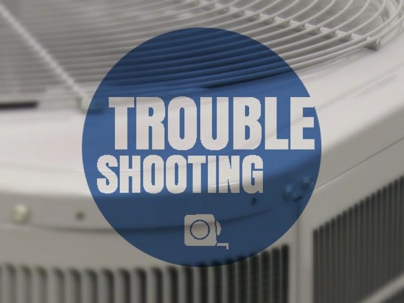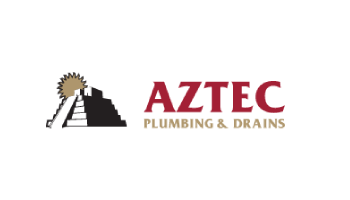Slab Leak Detection: How to Find a Water Leak Under Concrete

If you think you have a leak under the concrete slab of your home, you’re likely anxious to get it repaired before your home suffers any structural damage.
But before you look into getting your concrete slab leak repaired, you should probably verify that you actually have one, right?
To help you do that, we’ll discuss:
- The signs of a concrete slab leak
- How to confirm your home has a leak
- How to pinpoint the location of that leak.
Already know you have a leak and need it repaired ASAP? Just contact us and we’ll send over a plumber who’s experienced in detecting and repairing concrete slab leaks.
What is a Slab Leak?
A slab leak is when the pipes underneath your home foundation, or concrete slab, spring a leak. This can come from several different causes, usually corrosion, improper installation, or climate fluctuations.
You can look for a slab leak by noticing the signs around your home.
Step 1: Keep an eye out for signs of a concrete slab leak
Signs that you might have a leak under the concrete slab of your home include:
- A sudden decrease in water pressure
- Water collecting in areas it shouldn’t
- Areas of carpet that stay damp
- Warped hardwood flooring
- A hot water heater that’s constantly running
- Water bills that are suddenly higher-than-normal (this can be accompanied by higher gas/electric bills if the leak is in a hot water pipe)
- Sudden presence of mold/mildew in walls or under carpet
- Areas of the floor that are suddenly warm (if you have pets, they may suddenly prefer to sit in these warm spots)
See the signs of a concrete slab? Then let’s move on to how you can try to determine where the leak is in your home’s plumbing.
Step 2: Test for a leak
Confirm your home has a leak by following these steps:
- Step 1: Turn off all water appliances. This includes not flushing toilets, turning off sprinklers, etc.
- Step 2: Locate your water meter. Water meters can usually be found along the driveway or boundary of your property. It’s usually marked by a plastic or metal covering labeled “Water Meter”.
- Step 3: Remove the cover (you may need to use a screwdriver to pry the lid open).
- Step 4: Check the numbers or triangle on your water meter. If the red triangle is moving or the numbers at the bottom of the meter are going up, you have a leak somewhere.
Step 3: Have a professional pinpoint the location of the leak
Unfortunately, unless you have thousands of dollars worth of high-tech professional equipment, it can be nearly impossible to locate a concrete slab leak on your own.
A quality plumbing company will have advanced equipment such as electronic leak detection equipment or video inspection equipment so that they can locate the leak fast. From there, they can recommend the least invasive ways to repair the leak. Sometimes, though, an extensive leak requires repiping of the entire house.
The Risks of a Slab Leak
Foundation & Home Damage
Slab leaks can create significant water damage around one of the areas it’s most harmful: your home foundation. Water can damage the floors, walls, and other parts of your home. Since it’s not in plain view, it can be hard to detect until it’s already done damage, which is why knowing the signs is so important.
Wasted Water
Another issue with slab leaks is that you’ll be wasting a lot of water. The pipes underneath your foundation are usually water pipes, so a leak will require more water than typically needed to service your home.
Plus, if the leak is in a hot water pipe, your water heater will be using more energy and accumulating more wear and tear than normal.
Rising water bills is another sign of a slab leak (or a leak elsewhere in your house), so if you notice this, contact a plumber immediately to investigate.
Need professional leak detection & repair? Contact our Florida plumbers
If you think you have a concrete slab leak and need professional repair, we’re here to help.
Just contact us and we’ll send out a plumber right away to locate and repair the leak.
Learn More in Our Leak Detection Series:
Contact Us
Contact Us
"*" indicates required fields


